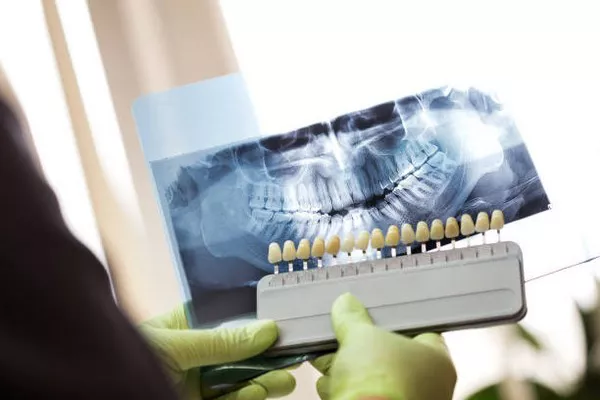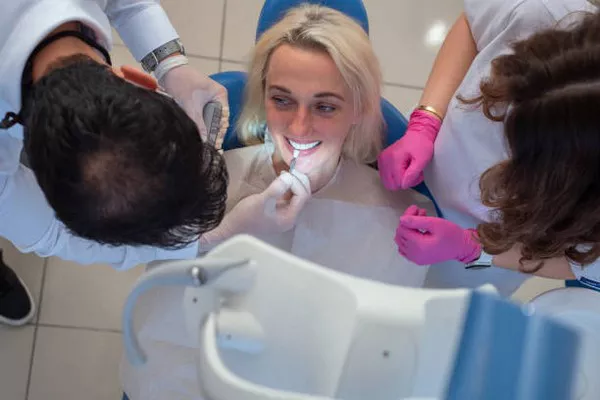Teeth whitening is a popular cosmetic dental procedure that has gained immense popularity in recent years. There are various methods of teeth whitening, including the use of LED lights and other light sources. LED teeth whitening is one of the most common techniques used by dentists and individuals who want to enhance their smile.
In this article, we will discuss the effectiveness of teeth whitening LED lights, how it works, possible side effects, and alternatives available for those who may not be suitable candidates for this procedure.
What is Teeth Whitening LED Light?
Teeth whitening LED light involves the use of a special blue light to activate the whitening agents present in a tooth whitening gel or paste. The LED light emits a specific wavelength of light that activates the ingredients in the whitening gel, allowing them to penetrate the enamel and remove surface stains.
The light also helps to speed up the chemical reaction between the whitening agent and the tooth’s surface, resulting in faster and more effective results.
How Does Teeth Whitening LED Work?
The process of teeth whitening LED light involves a few simple steps. First, the dentist or individual applies a whitening gel or paste containing hydrogen peroxide or carbamide peroxide to the teeth. This gel is then activated by shining an LED light on the teeth for a specified amount of time.
The LED light works by accelerating the chemical reaction between the whitening agent and the tooth’s surface, causing the stain molecules to break down and disperse. As a result, the teeth become visibly whiter and brighter.
Is Teeth Whitening LED Effective?
Studies have shown that teeth whitening LED light can be highly effective in removing surface stains from the teeth. However, its effectiveness may vary depending on several factors, such as the type of stain, the concentration of the whitening agent used, and the frequency of treatment.
Teeth whitening LED is generally effective in removing surface stains caused by smoking, coffee, tea, and wine. However, it may not be as effective in removing deeper, intrinsic stains caused by age, medication, or genetics.
Possible Side Effects of Teeth Whitening LED
While teeth whitening LED is generally safe, there are some possible side effects that individuals should be aware of. The most common side effect is tooth sensitivity, which may occur during and after the procedure.
Other possible side effects include gum irritation, white spots on the teeth, and uneven whitening results. These side effects are usually temporary and can be managed with proper dental care.
Alternatives to Teeth Whitening LED
For those who may not be suitable candidates for teeth whitening LED, there are alternative options available. These include over-the-counter whitening products such as whitening toothpaste, strips, and gels. There are also professional teeth whitening treatments that do not require the use of an LED light.
Conclusion:
In conclusion, teeth whitening LED can be a highly effective method of removing surface stains from the teeth. However, its effectiveness may vary depending on several factors, and it is not suitable for everyone. Individuals should consult with their dentist to determine if teeth whitening LED is right for them and to discuss any potential risks or side effects.
Related Topics:































